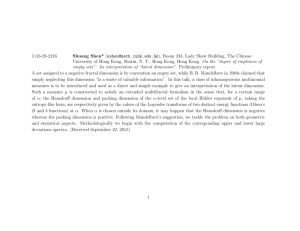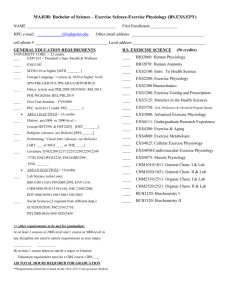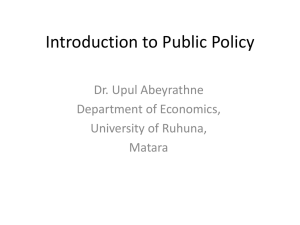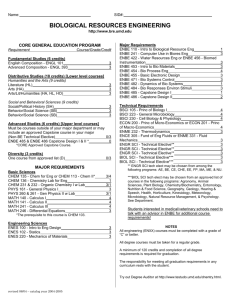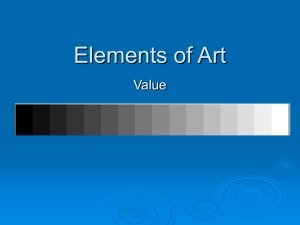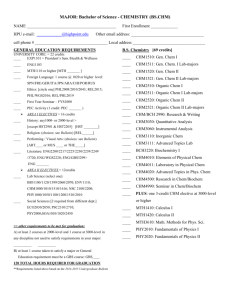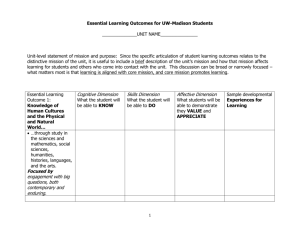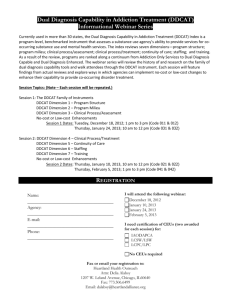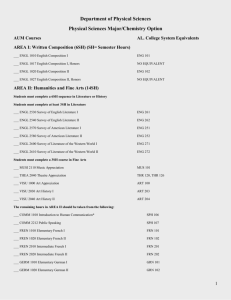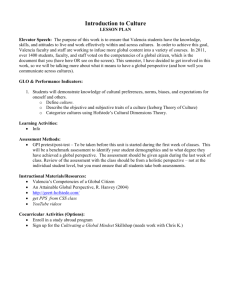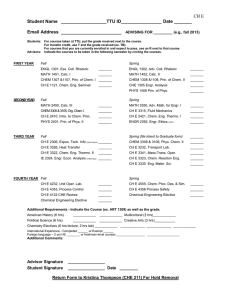Unit Operations of Chemical Engineering. It is most popular in Chem
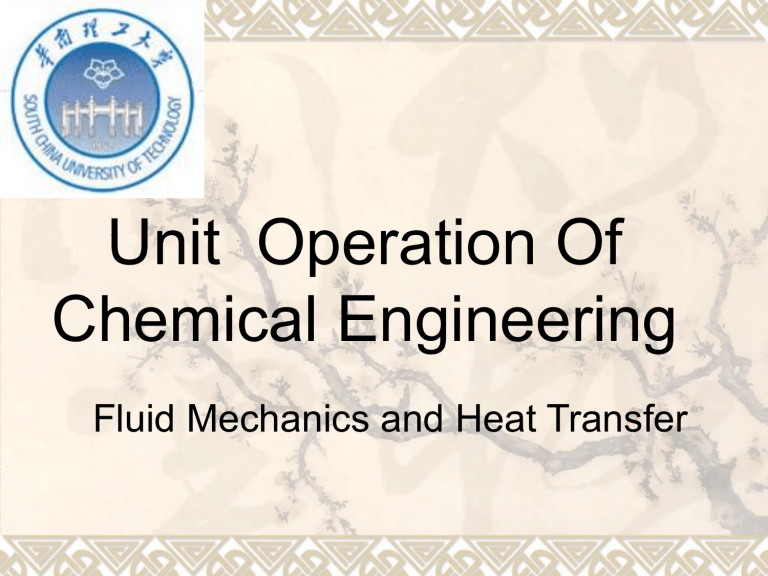
Unit Operation Of
Chemical Engineering
Fluid Mechanics and Heat Transfer
Introduction
About the Courses and time scheduling
Lecturing (theory) : 14 weeks, 4 classes each week
About the Experiments (Contents, groups, location) : 6 experiments, 2 groups per class, 2 nd floor in building 15
Background
What is the text book? Unit Operations of
Chemical Engineering.
It is most popular in Chem. Eng. major in
USA univ.
Authors? Warren L. McCabe, Julian C.
Smith and Peter Harriott.
The Sixth edition
Course Policies & Grading
Standard
Final Exam for theory course
Participation (including attendance,
Assignments) and Midterm Exam)
Experiment grade based on test and experimental behavior as well as report.
Learning Approaches
Mainly Learning:
1)process principles;
2)structure of typical equipment;
3)design calculations;
4)selection of typical equipment;
5)operating methods;
6)enhancement of unit operations.
Learning Approaches
For each of the unit operations, mainly learning the followings:
1)Material balances;
2)Energy/Enthalpy balances;
3) Heat and Momentum transfer rates;
5)Operation relationships.
Preparing lessons or preview before class
→Review after class
Don't take the course just for the grade.
Practice makes a master. If you don't practice, you won't learn it.
History of Chem. Eng.
1 First period: in the end of 19 th century,
Industry Chemistry came out.
2 Second period: in the beginning of 20 th century, especially in 1923, <Unit
Operations of Chemical Engineering> came out.
3 Third period: from 1950-1960, Transport
Phenomena appeared.
4 Fourth period: in 1970s, Knowledge exposition, many subjects joined together.
Lots of new subjects appeared, such as environmental chemical engineering, biochemical engineering, energy chemical engineering.
5 Fifth period: from 1980s-1990s, MIT suggested Integrated chemical engineering, and regressive engineering.
6 Sixth period: in the 21 st century. Green chemistry, biochemorphic Chem. Eng. ideas was put forward.
Chapter 1 Units and Dimensions
1 Units
SI, English (British), Engineering systems
2 Dimensions
Definition: each primary quantity may be represented by a letter which symbolizes that quantity, this letter is called dimension.
For SI system, L for length, M for mass, T for temperature,
for time.
3 Unit conversion.
Example: what is the dimension and unit of density, in SI system?
Density = M/L3(dimension)=kg/m3(unit)
Problem: what is the dimension and unit of force F or heat capacity Cp, in SI?
Unit conversion:
P=760mmHg=?mH2O=?atm=?N/m2






